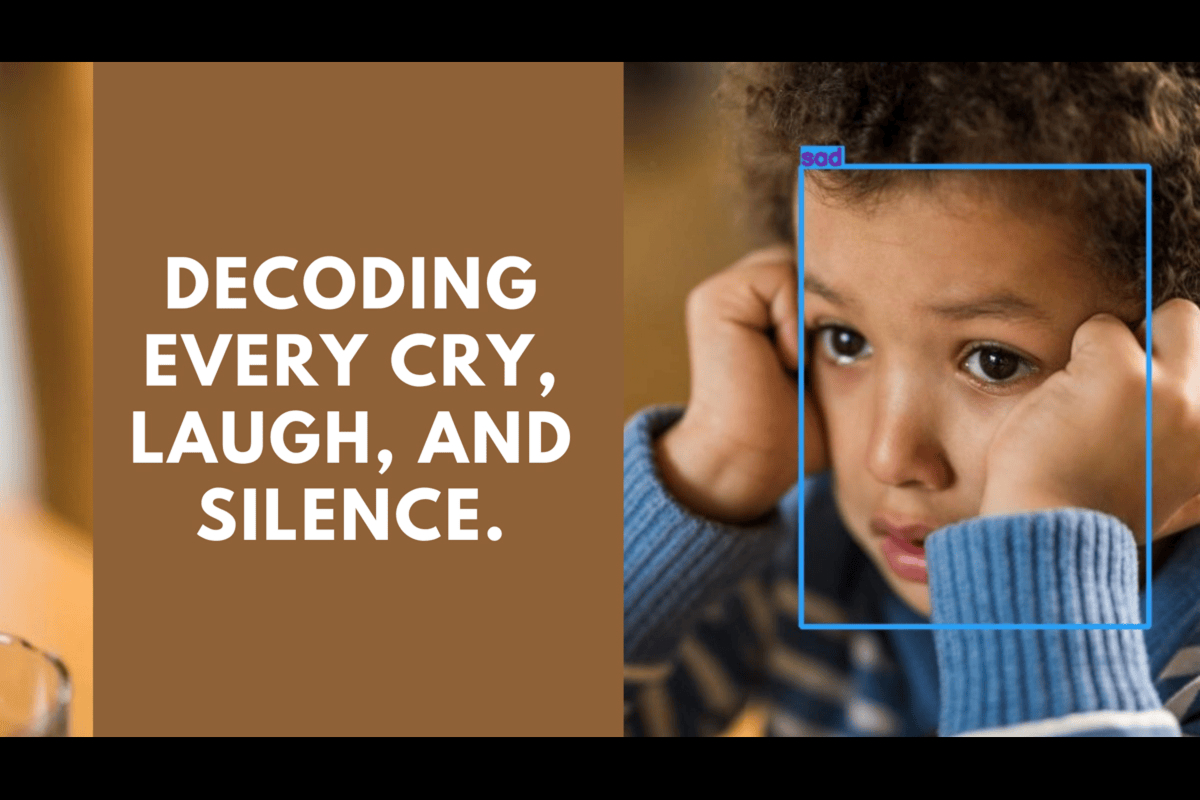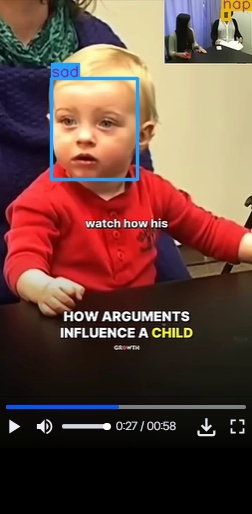
From Cries to Clarity: How Can Audio Emotion AI Provide Deeper Insights into Child Emotion and Development?
"A child's voice, however honest and true, is meaningless to those who have forgotten how to listen." – Albus Dumbledore (J.K. Rowling)
Introduction: Emotions as the First Language
Before a child learns words, they cry, giggle, whimper, and babble. These sounds, full of tone, rhythm, and emotional colors, are more than noise; they are the first language of emotion.
In today’s digital age, Emotion AI allows us to reconnect with this primal form of expression, especially through , Audio Emotion AI, a technology that decodes the how behind the what in a child’s voice. From identifying early signs of distress or developmental divergence to empowering parents and therapists, it offers a profound new lens into child development.
This blog dives deep into how Audio Emotion AI supports emotional understanding, neurodiversity identification, , therapeutic work and emotional intelligence in caregivers, all while exploring a real-world analysis of a child-parent audio conversation.
Why Understanding Child Emotion Matters
In psychology, emotional development is a cornerstone of human growth. Erik Erikson emphasized emotional security in the early stages as vital to trust formation. Piaget, meanwhile, showed how emotions influence cognitive schema building.
From tantrums in toddlers to existential questions from preteens, children are constantly communicating their emotional world.
Ignoring or misreading these cues can result in:
- Emotional invalidation
- Delays in social-cognitive growth
- Misdiagnosis or overlooked neurodivergent traits
- Parent-child relational strain
Understanding emotion is, therefore, not just therapeutic; it’s foundational to child development.
What is Audio Emotion AI?
Audio Emotion AI is a subset of artificial intelligence that listens to and analyzes voice to detect emotional cues. Unlike text sentiment or facial emotion AI, this tech focuses on:
- Vocal tone and pitch
- Tempo and intensity
- Pauses, sighs, tremors, or vocal strain
It works even when words are vague or expressions are masked, making it ideal for analyzing:
- Young children who are still developing verbal skills
- Neurodiverse children who may express emotions differently
- Subtle emotional states such as suppressed anger or silent anxiety

Case Insight: Parents and Kids Talk Gender, A Sonic Map of Emotion
In a recent audio analysis using imentiv.ai child emotion, a child and a parent engaged in a conversation about gender equality, gender identity, and emotional awareness in relationships.
On the surface, the conversation was thoughtful and cooperative. But Audio Emotion AI painted a deeper emotional landscape beneath the spoken words.
Deeper Emotional Findings:
- Discomfort and hesitancy emerged when topics like gender stereotypes and personal identity surfaced, reflected in slight vocal tremors and uneven pacing, especially from the child.
- Frustration was detected in segments discussing societal roles, where the tone carried suppressed intensity, suggesting unresolved emotion or learned defensiveness.
- Subtle joy and curiosity peeked through in explorative moments, especially when the child inquired about gender-neutral identities and saw validation from the parent.
- A surprising presence of disgust markers, not in overt rejection, but in tone shifts when addressing outdated gender roles, possibly indicating internalized discomfort or early moral development.
.png?alt=media&token=57ea7073-1c96-49c3-a55f-ec6f9ff91822)
Audio Emotion AI and Child Development: Applications and Insights
1. Identifying Neurodiversity Early
Children on the autism spectrum or with sensory sensitivities may exhibit atypical vocal modulation, reduced emotional variance, or exaggerated pitch.
Audio Emotion AI helps by:
- Detecting irregular vocal-emotional patterns
- Tracking emotional variability over time
- Supporting diagnosis through objective vocal data
2. Supporting Therapists and Educators
Occupational, speech, and behavioral therapists can:
- Use emotion tracking across sessions to assess progress
- Identify emotional triggers (e.g., increased anxiety before task initiation)
3. Empowering Caregivers
Often, caregivers ask: “Is my child okay emotionally?”
Audio Emotion AI allows them to:
- Receive emotional summaries from daily voice interactions
- Get alerts for recurring negative emotional states
- Understand if tone misalignment suggests distress, even when words say “I’m fine”
Developers: Building Empathetic Tech for Children
Emotion AI offers transformative tools for child-focused applications, enabling products that don’t just function, but feel.
- Emotionally responsive learning apps that adapt pace, difficulty, or tone of content based on a child’s emotional state in real-time
- Therapeutic voice companions for children dealing with trauma, anxiety, or loneliness, responding with calm tones, affirmations, or grounding exercises
- Gamified emotional literacy platforms, rewarding children for identifying and managing emotions
- Parenting dashboards that summarize emotional patterns, mood swings, or potential distress signs through consistent analysis of audio interactions
Moreover, multi modal emotion analysis APIs allow developers and researchers to combine audio, facial, and text inputs, creating a more holistic emotional profile.
This opens doors for:
- Research on child behavior patterns, emotional triggers, and developmental milestones
- Early detection tools for neurodiverse traits or emotional dysregulation
- Evidence-based intervention design, using real emotional data from natural interactions
.png?alt=media&token=7c586cb3-fdb0-4a84-b7da-d2054410fefd)
Conclusion: Relearning How to Listen
Children don’t always say what they feel, but they always feel what they say. In their tone, pacing, silence, or giggle lies a world of psychological depth waiting to be understood.
Audio Emotion AI doesn’t replace human empathy; it enhances it. It’s a digital ally helping us listen more attentively, respond more wisely, and support more compassionately.
As caregivers, psychologists, developers, and educators, embracing this technology allows us to champion the emotional well-being of children in real, measurable, and deeply human ways.